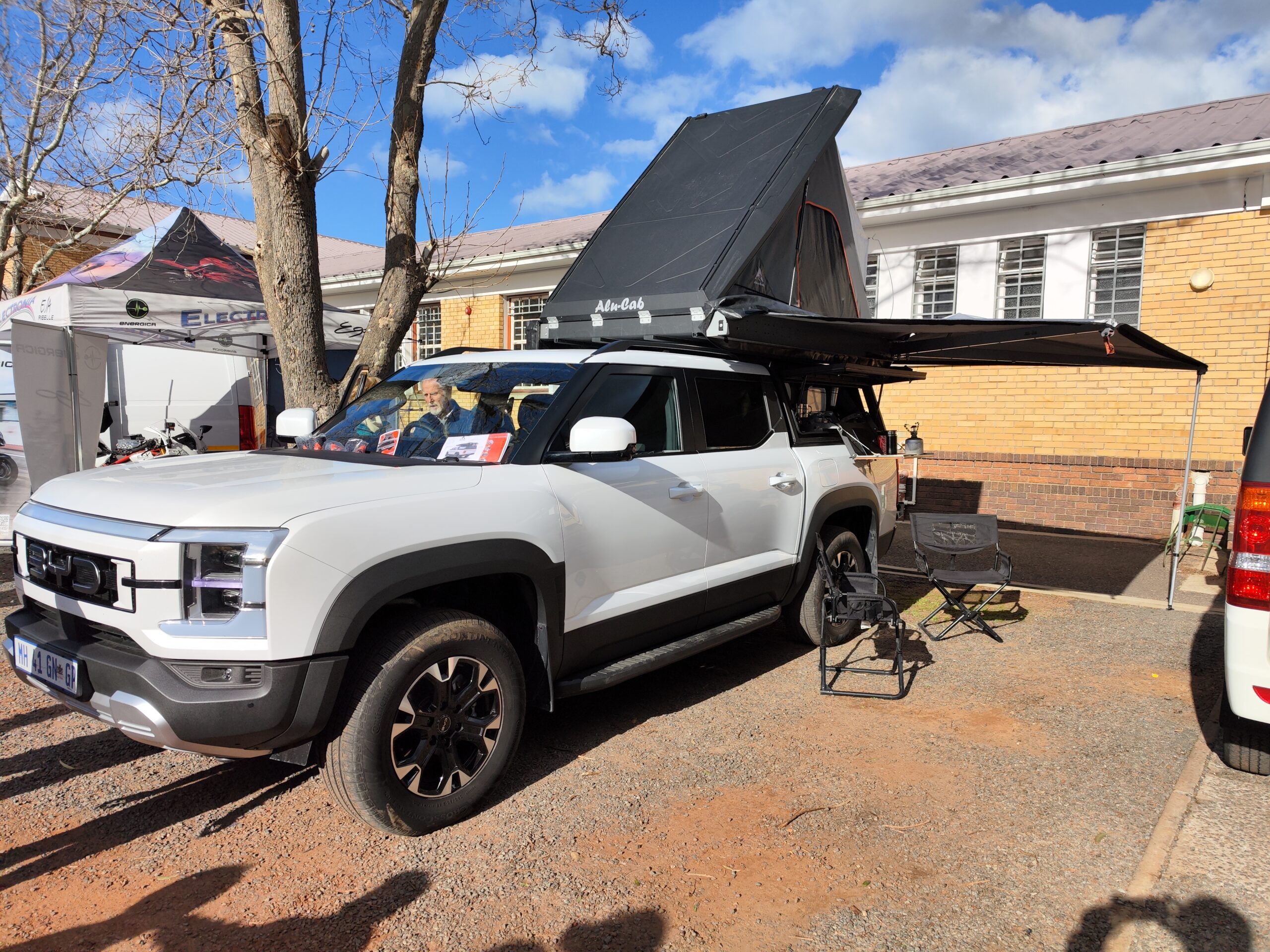Sign up for daily news updates from CleanTechnica on email. Or follow us on Google News!
The US Air Force has been pushing the renewable energy envelope since the early 2000s, especially in the area of utility-scale solar arrays. Now it is turning its attention to a first-of-its-kind system aimed at pushing the boundaries of the US geothermal energy industry far beyond its current limitations.
The US Geothermal Industry Awakens From Decades-Long Slumber
The allure of geothermal energy is straightforward. Instead of disrupting rivers with a hydropower dam, or deploying variable resources like wind or solar power, geothermal energy provides for steady 24/7 power any time of the year.
That’s nice. However, the challenge is to develop systems that shunt those clean kilowatts into the grid economically. Here in the US, for example, the fiscally optimal conditions for commercial geothermal energy operations are limited to regions west of the Rocky Mountains, where suitable underground heat, rocks, and water are located. The only exception to that geographic limitation is an anomalous formation located in West Virginia. Other than that, the entire Eastern US is left high and dry.
To spread the geothermal energy benefits to more states, the US Department of Energy has been nudging the industry to adopt innovative new practices that re-create the conditions for geothermal development, specifically in terms of rock formations. One key technology is hydrofracturing. More commonly known as fracking, hydrofracturing technology began to take shape in the 20th century as a means of enabling the creation of human-made geothermal reservoirs.
At the time, the US geothermal industry took a pass. However, somebody else was paying attention. By the early 2000s, fracking gained notoriety as an efficient but disruptive means of extracting fossil energy from shale formations, and its shady reputation continues to this day. Nevertheless, as applied to geothermal systems hydrofacturing has the potential to play a significant role in the renewable energy transition.
500,000 Megawatts Of Enhanced Geothermal Energy Systems Are Coming For Your Fossil Fuels
Human-made geothermal reservoirs come under the heading of enhanced geothermal systems (EGS). If a commercial pathway for EGS ever does emerge, the prize is enormous. The US Geological Survey calculates that 500,000 megawatts of potentially recoverable EGS resources are located in the Western US alone.
The basic principles of an EGS system are fairly straightforward. “In an EGS, fluid is injected deep underground under carefully controlled conditions to create new fractures and cause pre-existing fractures to re-open, creating permeability,” the US Department of Energy explains.
“Increased permeability allows fluid to circulate throughout the more fractured hot rock, and the fluid becomes hot as it circulates. Operators pump the hot water up to the surface, where it generates electricity for the grid,” they add.
That’s the short version. The long version is that years of R&D work lie between EGS on the drawing board, and EGS in widespread commercial use. The Energy Department, for example, began working on a major new EGS research facility called Utah FORGE all the way back in 2015, and the hands-on trials are only just getting under way.
First-Of-Its-Kind Geothermal Energy System For The US Air Force…
Earlier this year, Utah FORGE conducted a series of key tests enabling researchers to assess how a human-made geothermal energy systems will behave over time. The next phase involves longer test periods. Meanwhile, the US Air Force has already seen enough to take it to the next level.
On September 24, the US firm Sage Geosystems announced that it has won a USAF contract to pilot-test its unique geothermal energy system at a site located in Starr County, in Texas.
Sage has come up with a sort of hybrid EGS, which it calls Geopressured Geothermal Systems. As the name indicates, GGS harvests geothermal energy in the form of pressure as well as heat. The same technology can also be deployed for both short- and long-duration energy storage.
Sage demonstrated the energy storage angle a commercial-scale pilot test facility last year, stating that the results indicate that GGS will compete on cost with lithium-ion batteries, pumped storage hydropower, and natural gas peaker plants.
…And There’s Plenty More Where That Came From
Work on the Air Force’s new GGS system get under way in 2025 as the first-ever geothermal facility of its kind in the world deployed for electricity generation, leading to the potential for a follow-on full-scale project aimed at decarbonizing Ellington Field Joint Air Reserve Base in Houston.
Aside from helping to save the planet from catastrophic global warming, improving resiliency is another key goal. “This project will improve Ellington Field’s ability to maintain operations during electrical grid outages and be completely self-sufficient for their energy needs,” explained Kirk Phillips, the Director of the Air Force Office of Energy Assurance in a press statement.
Phillips already anticipates that Sage’s GGS system, and other EGS technologies, will be deployed across multiple facilities.
“We would build geothermal energy power plants at every Air Force installation if we could,” Phillips said. “Geothermal power is renewable, it is secure, it is reliable, it is cost effective and the systems to produce power from heat are well-understood.”
That’s just for starters. Lt Col Christian Campbell, 147th Civil Engineer Squadron Commander, noted that the pilot test will serve as a “launch pad” for global adoption in addition to US Department of Defense facilities.
The Geothermal Dominoes Are Falling
The Air Force contract follows a geothermal deal that Sage inked with Meta to install its GGS system at a to-be-named location somewhere east of the Rockies. Meanwhile, the Air Force is also trialing another new geothermal energy system. Joint Base San Antonio in Texas is on track to get a utility-scale geothermal facility from the Canadian firm Eavor, pending the results of feasibility studies.
The JBSA location is not considered a likely spot for conventional geothermal energy systems, so proving that an EGS facility can work at the base will be a significant breakthrough. It will also be a high-profile breakthrough, considering that JBSA holds the position of the largest joint base in the entire Department of Defense.
The Air Force also has a third enhanced geothermal energy project targeted for feasibility studies at Mountain Home Air Force Base in Idaho, under the umbrella of the Utah-based firm Zanskar Geothermal & Minerals, Inc. Feasibility studies can take up up to two years, so expect more activity on all three projects in 2025 and beyond.
Follow me via LinkTree, or @tinamcasey on Threads, LinkedIn, and Instagram.
Image (cropped): Human-made, enhanced geothermal energy systems can make 24/7, baseload, zero emission geothermal resources available across a wide range of geological conditions (courtesy of US Department of Energy).

Have a tip for CleanTechnica? Want to advertise? Want to suggest a guest for our CleanTech Talk podcast? Contact us here.
Latest CleanTechnica.TV Videos
CleanTechnica uses affiliate links. See our policy here.
CleanTechnica’s Comment Policy





